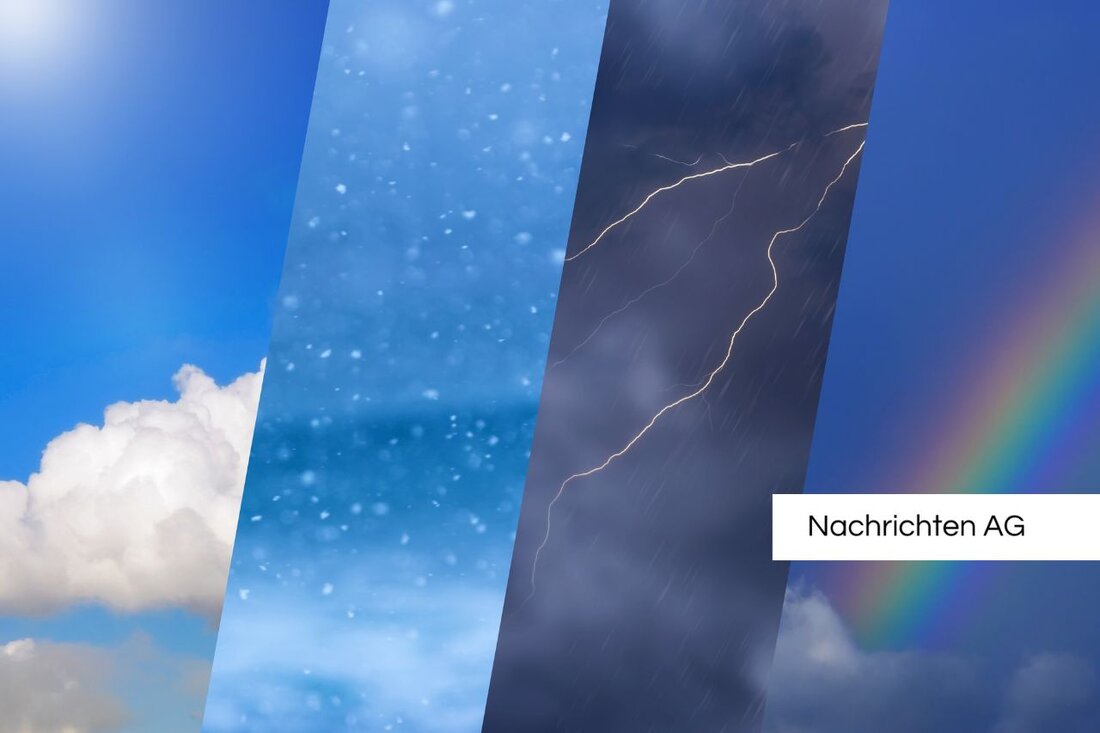Heat wave 2025: Austria fights for 38 degrees and risk of storm!
In Europe there is an extreme heat wave with temperatures up to 38 degrees. Health risks and risk of storm increase.

Heat wave 2025: Austria fights for 38 degrees and risk of storm!
In large parts of Europe, there is currently an extreme heat wave that has been causing breeding temperatures for days. The regions in the west, south and east of Germany are particularly affected, where temperatures above 40 ° C are expected. The German Weather Service predicts over 30 ° C across the board, with possible peak values of up to 42 ° C. This heat wave, which is defined as at least three consecutive days with temperatures above 30 ° C, is caused by stable high pressure locations, which block cool air masses and attract hot air from North Africa. The first half of 2025 is also considered the driest since 1893, which also tightens the situation and leads to vegetation damage.
In Austria, the first heat wave of summer has reached temperatures up to 38 degrees. East and southern Austria are particularly affected, where the landscape has become brown and dry late summer within a few days. The highest measured temperature this year was 38.3 degrees in Feistritz OB Bleiburg last Thursday. For Carinthia, the heat warning level was declared red, while the low humidity makes the heat more bearable. A dew point of 10 to 12 degrees is expected on Thursday, which is supposed to rise to 16 degrees in the afternoon.
heat wave in Europe
In other parts of Europe, the heat wave shows itself to even more extreme dimensions. In Greece, temperatures up to 45 degrees were measured, which led to several deaths of tourists. Athens has been fighting with extreme heat for two weeks, and temperatures of 43 degrees in the shade have led to the promotion to the acropolis for tourists. The sanitary inserts rise due to the heat, and public buildings serve as cooling oases with extended opening times.
In Germany, heat records from the past like 41.2 ° C from 2019 have already been exceeded that are threatened. Older people and chronically ill who live in urban areas, where mortality in heat waves rises through the Urban Heat Island effect in urban areas are particularly at risk. Climate change reinforces the frequency and intensity of such heat waves, which gives active prevention strategies, such as the "Early warnings for everyone" program of the World Organization for Meteorology (WMO).
health risks and outlook
The health risks due to extreme heat are alarming. Cardiologists warn of dehydration and heat strokes, especially for weakened people, children and seniors. The symptoms in extreme heat can include dizziness and exhaustion. The Robert Koch Institute estimated that heat -related deaths have risen significantly in recent years, as during the heat summer 2018 and 2019, and around 28,000 heat note in Europe.
On Thursday and the following days, strong thunderstorms, hail and gusts of wind, especially on the north side of the Alps, are expected. However, relief is expected: the temperatures should decrease in Vorarlberg, Tyrol and Salzburg. The view of the weekend shows that it will be between 20 and 34 degrees on Friday and between 25 and 33 degrees on Saturday before the maximum values of 25 to 35 degrees are reached on Sunday. The coming week will probably bring a significant cooling with temperatures usually below 30 degrees.
The heat not only affects health, but also on ecosystems and infrastructures. With a federal government's heat protection plan that has now been initiated and the active role of health institutions, society could be better prepared for the consequences of such extreme weather conditions.
The current situation illustrates the urgency to develop long -term solutions in the form of heat protection concepts and active climate protection in order to be able to meet the challenges of future heat waves.
For more information about the causes and risks of the heat wave in Europe, on , and zdfheute.de

 Suche
Suche
